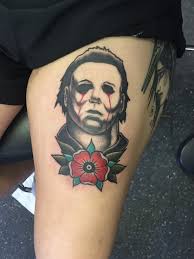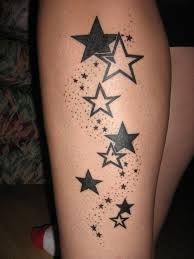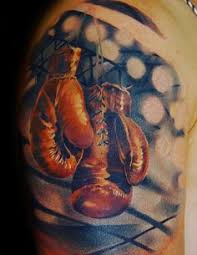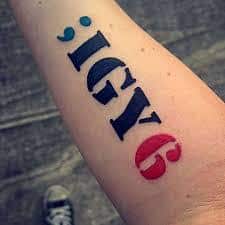What Does Paper Crane Tattoo Mean?
The Japanese art of folding paper, better known as origami, has been around since the invention of paper. Buddhist monks dating back as far as the 6th century brought with them to Japan bundles of paper, these Buddhist monks would fold the paper in such ways that the ending result would come out looking like an insect or animal of some sort. Due to the high cost of paper however, this creative new art form was used only on special occasions, usually for a wedding and other religious ceremonial purposes. As time went by and the word of origami spread across Asia, even in some parts of Europe, people from all walks of life were using this unique paper folding technique. Samurai warriors would often create an origami ‘noshi’ to attach to presents and gifts, frequently, the noshi had a strip of meat inside of the fold, this was an expression of good fortune and luck.
The paper crane, or in Japanese, the orizuru, is one of the most ancient and classical origami designs. Based off the red-crowned crane which is said to be one of the rarest forms of crane in the world, this bird represents longevity, fidelity, and luck. This red-crowned crane is also referred to the ‘Honorable Lord Crane’ so needless to say, the Japanese thought very highly of this beautiful, exceptional, creature. The red-crowned crane was believed to carry our human souls on its wings, soaring to paradise. Paper cranes would be used as a ceremonial wrapping paper and seen on restaurant tables as decoration. When a thousand paper cranes are folded and strung together, it is said that you are granted a wish, a wish to have anything you desire. This form of origami is called ‘senbazuru’ or in English, ‘thousand cranes’. The paper crane is a symbol of hope and healing during challenging times.
The love for the paper crane was made widely popular after the bombing of Hiroshima. When the first bomb was dropped on Hiroshima in 1946, a 2-year-old girl named Sadako Sasaki, was exposed to the radiation of the bombs that were dropped. In 1956, when she was 12 years old, Sadako began showing signs of swelling behind her neck and ears and purple spots formed on her legs. She was diagnosed with leukemia and given only one year to live. Knowing the legend of senbazuru, the one thousand cranes, Sadako insisted on going about to fold 1000 paper cranes so she could simply have one wish. That wish was to beat the leukemia and live. Sadako was able to fold around 1,400 paper cranes before she passed away. Sadako’s paper cranes were used and sent out to places of importance around the world. Some places that Sadako’s family sent these cranes are to Pearl Harbor, Hawaii, the site of the 9/11 memorial, and the Japanese American National Museum. Now these paper cranes are looked at as a symbol of hope, peace, and courageousness.





















